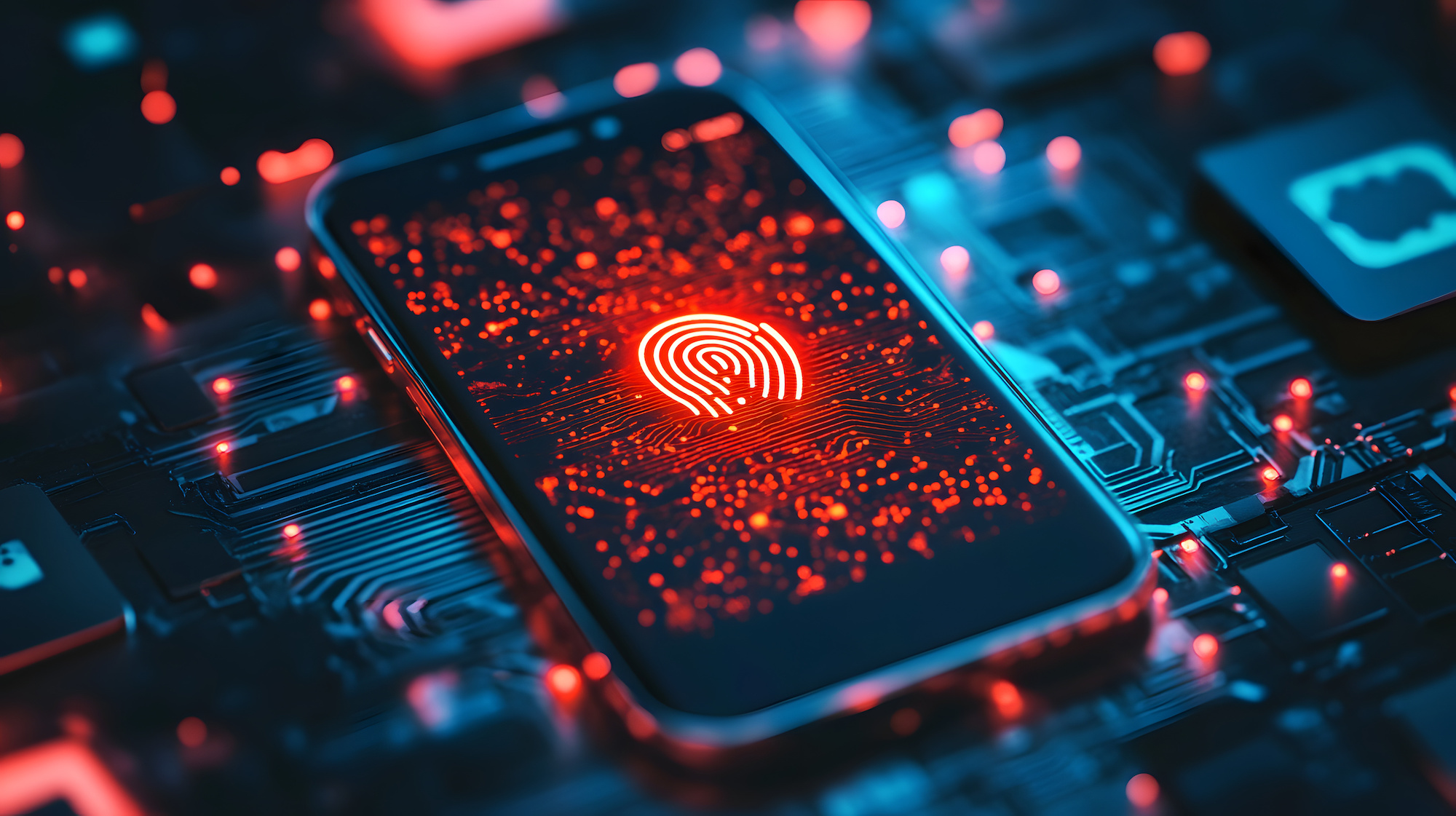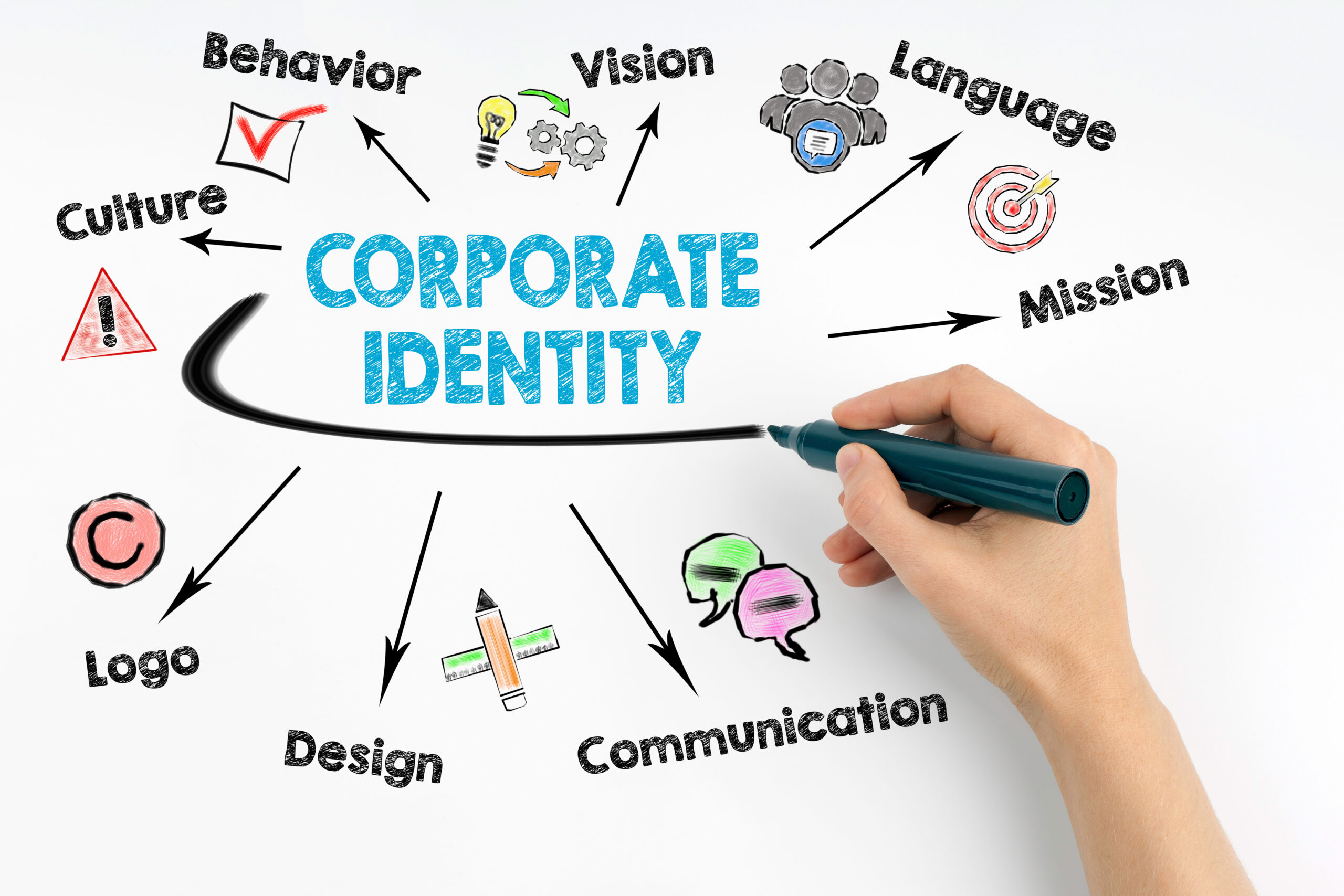Multi-factor authentication (MFA) is a security method that protects payment systems by requiring users to verify their identity through multiple steps. It goes beyond just a password, adding extra layers of protection to ensure payment details remain secure.
Key Points:
-
What is MFA?
MFA uses three types of verification:- Something you know (e.g., password or PIN)
- Something you have (e.g., smartphone or security token)
- Something you are (e.g., fingerprint or facial recognition)
-
How MFA Works in Payments:
- Step 1: Enter credentials (e.g., username and password).
- Step 2: Verify using a second method (e.g., one-time code or biometrics).
- Step 3 (if needed): Additional verification for high-risk transactions.
-
Benefits of MFA:
- Prevents fraud by adding multiple security layers.
- Builds customer trust with secure and transparent processes.
- Helps businesses meet compliance standards like PCI DSS.
MFA is essential for modern payment systems, providing strong security while balancing ease of use for customers.
MFA Process in Payment Systems
Key Steps in MFA Verification
Multi-factor authentication (MFA) makes payments more secure by requiring multiple steps to verify a user’s identity. The process starts with users entering their main credentials, like a username and password. Once this is done, the system asks for a second form of verification – this could be a temporary code or biometric confirmation. For higher-risk transactions, an additional verification step might be added.
Common Authentication Methods
Different methods are used to secure each step of the verification process:
-
Time-Based One-Time Passwords (TOTP)
Temporary codes that users need to input quickly to confirm their identity. -
Push Notifications
Alerts sent to a registered device, allowing users to approve or deny the transaction with a single tap. -
Biometric Verification
Relies on physical features like fingerprints or facial recognition to verify identity. -
Hardware Security Keys
Physical devices that generate cryptographic signatures, adding another layer of security.
By tailoring these methods to match the level of transaction risk and user behavior, MFA creates a strong line of defense. This approach not only helps block unauthorized access but also ensures payments are processed securely.
At Secured Payments, we prioritize building effective MFA systems that combine advanced security measures with user-friendly processes. Our goal is to protect every transaction without making the payment process overly complicated.
What is Two Factor Authentication for payment processing?
3 Main Types of Authentication
MFA (Multi-Factor Authentication) relies on three main categories to protect against unauthorized access, creating a layered security approach. Here’s a closer look at these categories and how they work in payment processing.
Knowledge Factors
Knowledge factors confirm identity through information only the user should know. These are some of the most common examples:
- Passwords: Combinations of letters, numbers, and symbols.
- Personal Identification Numbers (PINs): Numeric codes often used for card-based transactions.
- Security Questions: Specific questions with answers unique to the user.
Next, possession factors introduce a physical layer of verification.
Possession Factors
Possession factors validate identity through something the user physically has. This ensures that even if a password is compromised, access can’t be granted without the required device or item. Examples include:
- Mobile Devices: Used for receiving SMS codes or app-based authentication notifications.
- Hardware Security Keys: USB or NFC devices that generate unique cryptographic keys.
- Payment Cards: Cards with embedded chips for secure transactions.
- Security Tokens: Devices generating time-sensitive codes for login or transaction verification.
Lastly, biometric factors leverage unique personal traits for authentication.
Biometric Factors
Biometric authentication uses physical characteristics to verify identity. This method is increasingly common in payment systems due to its ease of use and enhanced security. Some examples are:
- Fingerprint Scanning: Frequently used in mobile payment apps.
- Facial Recognition: A standard feature in many modern smartphones.
- Voice Recognition: Emerging as a tool for mobile banking.
- Retina/Iris Scanning: Often used for high-security transactions.
sbb-itb-8c45743
MFA Security Benefits
MFA adds extra layers of protection for businesses and customers, making payment processing safer and reducing security risks.
Fraud Prevention
MFA significantly lowers the chances of fraud by adding multiple verification steps. Even if one layer is breached, others act as a safeguard to stop unauthorized transactions. It protects against:
- Unauthorized account access using multi-step verification
- Fraud in card-not-present transactions
- Manipulative tactics like social engineering
These measures not only prevent fraud but also give customers more control over their accounts.
Customer Security
MFA boosts customer trust by combining strong security with ease of use. Key features include:
- Alerts for every transaction to keep users informed
- Secure access, even if one verification step fails
- Flexible options for verification to suit individual preferences
These features make MFA both effective and user-friendly, ensuring a secure experience for all.
Meeting Security Standards
MFA also helps businesses stay compliant with important payment processing regulations like PCI DSS. It ensures businesses can manage security effectively through:
- Adherence to PCI DSS requirements
- Compliance with financial regulations
- Improved monitoring and thorough audit documentation
Setting Up MFA for Payments
Adding MFA to your payment system means finding the right balance between strong security and a smooth user experience. Here’s a step-by-step guide to help you integrate MFA effectively.
Security Assessment
Start by identifying potential weaknesses in your payment system. Focus on these areas:
- Transaction volumes: Check for peak activity times to understand demand.
- Access points: Pinpoint all areas where payments are initiated and might need extra protection.
- Existing security measures: Review your current authentication setup for any weak spots.
- Compliance requirements: Ensure you’re meeting industry-specific security standards.
Selecting MFA Methods
Pick authentication methods that ensure security without making it too complicated for users. Think about these factors:
| Factor | What to Consider | Why It Matters |
|---|---|---|
| User Base | How tech-savvy are your users? | Impacts adoption rates |
| Transaction Type | What’s the payment environment? | Guides method choice |
| Implementation Cost | How much will it cost? | Affects budget planning |
| Integration Time | How quickly can it be set up? | Impacts rollout speed |
Use a combination of at least two types of authentication, such as:
- Knowledge (e.g., passwords or PINs)
- Possession (e.g., hardware tokens or mobile devices)
- Biometric (e.g., fingerprints or facial recognition)
After deciding on the methods, make sure users are well-informed and prepared.
User Training
A solid training program is key to successful MFA adoption. Cover these areas:
Initial Setup Support
- Provide clear, step-by-step instructions for activating MFA.
- Offer tutorials for each authentication method.
- Share basic troubleshooting tips to address common issues.
Ongoing Support
- Send updates on security practices and potential threats.
- Share tips for using authentication effectively.
- Maintain help desk resources for quick assistance.
- Collect user feedback to improve the process over time.
Conclusion
Multi-factor authentication (MFA) plays a key role in keeping payment processing secure. By combining different authentication methods – like something you know (password), something you have (device), and something you are (biometric) – it offers much stronger protection than relying on just one factor.
This layered approach not only strengthens payment security but also ensures a balance between safety and ease of use for customers.
To stay ahead of security threats, businesses should regularly review and update their authentication systems. By following best practices and keeping methods up to date, companies can safeguard both their operations and their customers’ sensitive data.
FAQs
What is multi-factor authentication (MFA), and how does it make payment systems more secure?
Multi-factor authentication (MFA) is a security process that requires users to verify their identity using two or more methods before completing a transaction. These methods typically include something you know (like a password), something you have (like a smartphone or hardware token), and sometimes something you are (like a fingerprint or facial recognition).
By adding extra layers of verification, MFA significantly reduces the risk of fraud and unauthorized access. Even if one factor, such as a password, is compromised, the additional layers make it much harder for attackers to gain access to sensitive payment information. This makes MFA a critical tool for ensuring secure and reliable payment transactions in today’s digital landscape.
What challenges might businesses face when adding multi-factor authentication to their payment systems?
Implementing multi-factor authentication (MFA) in payment systems can enhance security, but businesses may encounter a few challenges during the process.
One common issue is ensuring a seamless user experience. If MFA adds too many steps or feels inconvenient, customers might abandon transactions. To address this, businesses should choose user-friendly MFA methods, such as biometrics or one-time passcodes, that balance security with convenience.
Another challenge is the cost and complexity of integration. Setting up MFA may require updates to existing systems, staff training, and ongoing maintenance. Businesses should plan for these expenses and work with experienced providers to ensure smooth implementation.
Despite these challenges, the added security provided by MFA is critical for protecting sensitive payment information and building customer trust.
How can I use multi-factor authentication (MFA) to better protect my payment information?
Multi-factor authentication (MFA) adds an extra layer of security to your payment transactions by requiring multiple forms of verification before access is granted. To use MFA effectively, start by enabling it wherever possible, especially for online payment accounts and e-commerce platforms. Common factors include something you know (like a password), something you have (like a smartphone or authentication app), and something you are (like a fingerprint or facial recognition).
To maximize security, ensure your passwords are strong and unique, and use a reliable authentication app rather than SMS codes whenever available, as apps are generally more secure. Regularly update your authentication methods and review account activity to detect any unusual behavior. By taking these steps, you can greatly reduce the risk of unauthorized access to your payment information.




